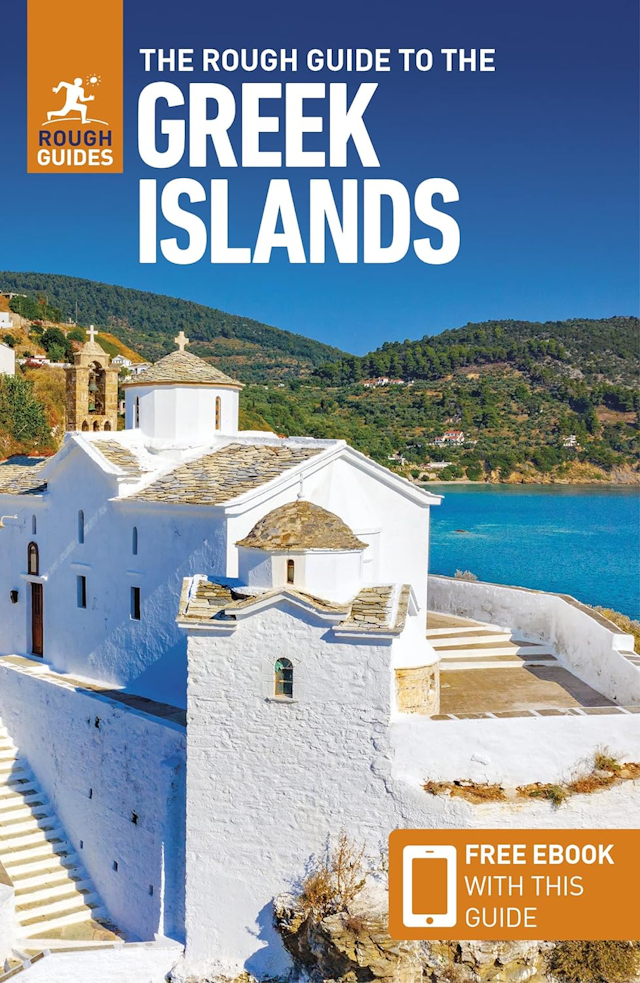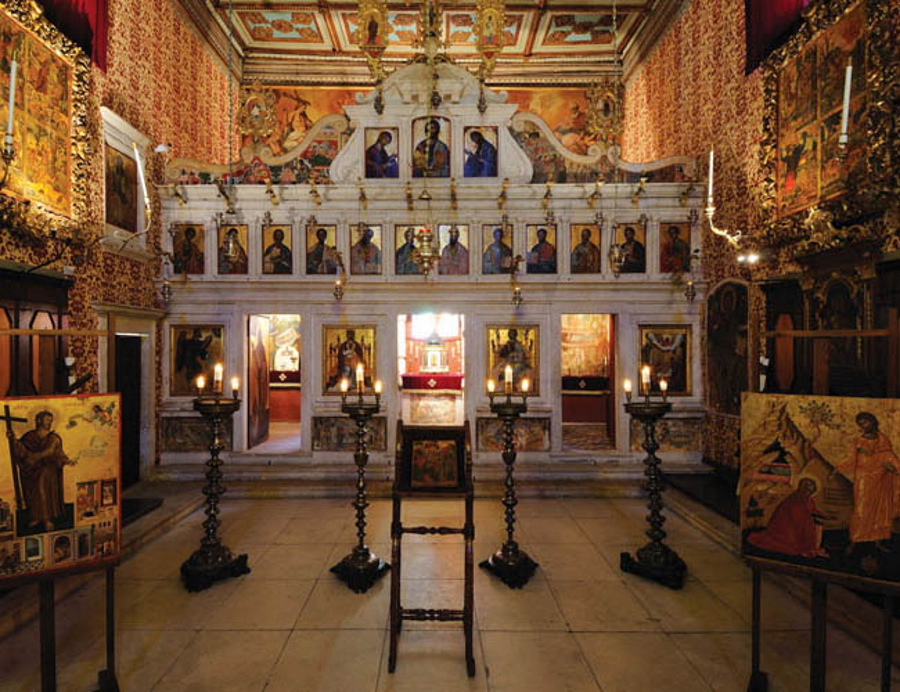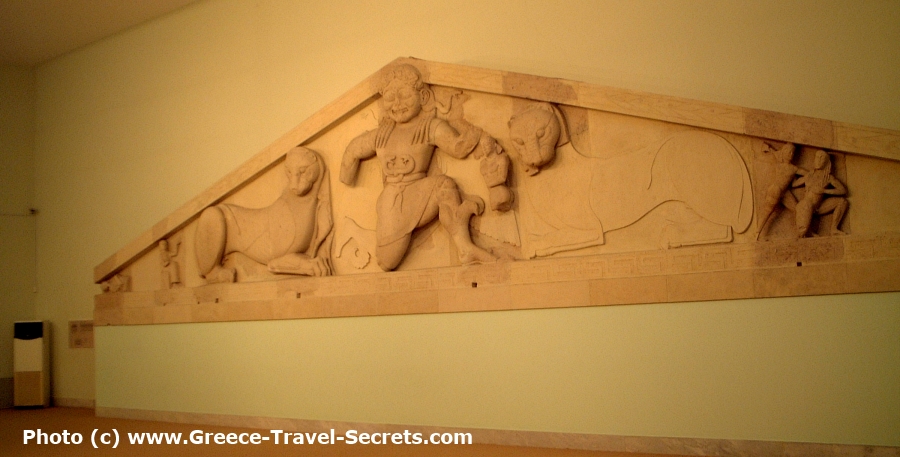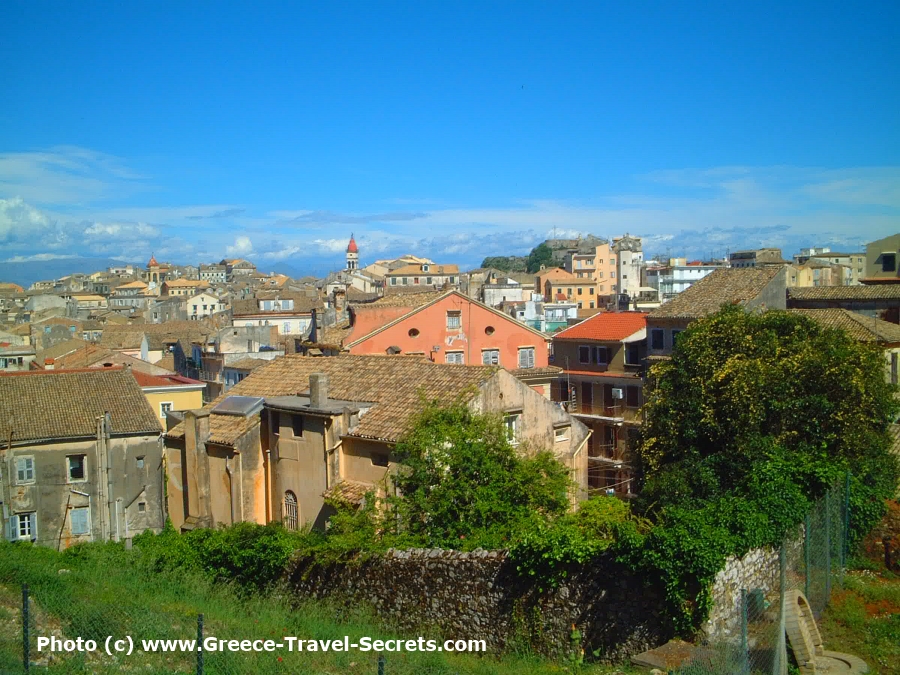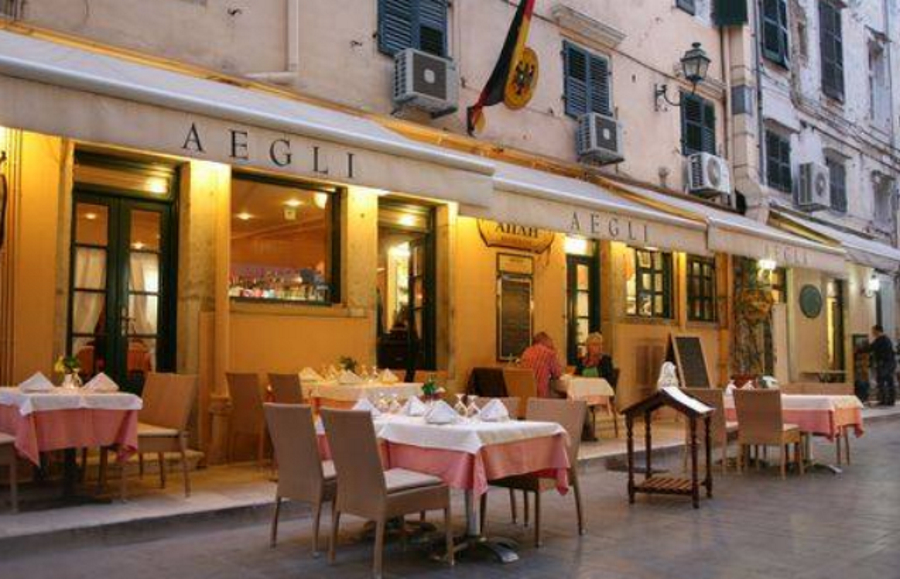- HOME
- Ionian Islands
- Corfu
- Corfu Town
- Palace of St Michael and St George
Palace of St Michael and St George
The Palace of St Michael and St George in Corfu Town contains the Museum of Asiatic Art, the Municipal Art Gallery, and the Modern Art Museum.
This file is licensed under the Creative Commons Attribution 3.0 Unported license.
Commanding the northern end of the Spianáda, the Palace of St Michael and St George is the grandest remnant of British rule on Corfu. It was modern Greece’s first neo-classical building and remains one of the finest examples of the style. Its sumptuous interior houses a fabulous collection of Asian art, while side wings contain two Greek art galleries.
History of the Palace of St Michael and St George
The palace was built between 1819 and 1824, when Sir Thomas Maitland served as the first British High Commissioner of the Ionian Islands. The three-storey building, designed by Sir George Whitmore, has a long facade of Doric columns, anchored at either end by two triumphal arches, each named after one of the saints. It is ringed by fine landscaped gardens. In front of the palace is a statue of Maitland’s successor, Sir Frederick Adam, dressed in a toga.
This file is licensed under the Creative Commons Attribution 2.0 Generic license.
This elaborate residence for the High Commissioner also housed the Ionian Parliament and Senate and the Order of St Michael and St George, which honoured British civil servants in the Ionian and in Malta. After 1864, when the British left Corfu, the palace became a summer residence for the Greek royal family. It was renovated for the European Union Summit meeting in 1994.
On the ground floor, the Corfu Municipal Art Gallery occupies the east wing. Temporary exhibitions by the Museum of Asiatic Art are held in the west wing, which also contains the Ionian Senate Conference Room.
State Rooms
A monumental staircase leads to three ornate state rooms on the first floor. The central Rotunda is the finest, with its niches and statuary, blue-and-gold coffered dome and striking wood floor inlaid in a circular pattern radiating out from the centre. On the left is the Throne Room, adorned with crystal chandeliers, crimson flocked wallpaper, and the English Commissioner’s throne. The frescoes in the Banquet Room on the right depict the insignia of the Order of Saints Michael and George.
Museum of Asiatic Art
The east and west wings of the first floor house the Museum of Asiatic Art. Established in 1927 as the Sino-Japanese Museum of Kérkyra, it contains more than 11,000 items. The bulk of the collection was amassed by Gregorios Manos, a Greek diplomat and the museum’s first director. Subsequent donors have made it one of the world’s most comprehensive collections of oriental art. It encompasses ceramics, bronzes, paintings, sculptures, woodworks, miniature art and more.
The east wing displays Manos’s incredible collection in chronological order, beginning with clay vessels from China’s Shang period (1600-1028 BC). There are amazing bronze wine vessels, stone Buddhas, beautiful glazed stoneware, vivid blue porcelain, rare pale-green Celadon vases, and exquisite jade carvings. The display of decorated snuff bottles in the last room is delightful.
The west wing is named after Nicolaos Chatzivasileiou, a former ambassador to India and Japan who also represented Greece in Korea, Tibet, Nepal, Pakistan, and Thailand (then Siam). In 1974 he donated 450 pieces of his collection, and the museum’s name was changed to reflect the broader range of Asian art it now contains.
The first two rooms contain beautiful Japanese folding screens. Subsequent rooms are dedicated to the tea ceremony, lacquer ware, theatre masks, and everyday objects from combs to sake cups to writing boxes. Another is filled with traditional art of the Edo period (17th-19th centuries), including miniature art, ivory carvings, pottery, Buddhas and musical instruments.
The hallway is lined with woodblock prints. Here, Kitagawa Utamaro’s (1753-1806) series of ‘Beauties’ portray women in scenes of everyday life with a subtle sensuality. It leads to a room of impressive Samurai swords and armour.
Gregorios Manos
Gregorios Manos (1850-1928) was the Greek ambassador to Austria and also lived in France for many years. His massive collection of 10,500 pieces of Chinese, Korean and Japanese art was purchased from auction houses in Paris and Vienna. He offered it to the Greek state in 1919, and saw the opening of the museum in 1927. A year later, Manos died in poverty, having spent his entire fortune acquiring his magnificent art collection.
Municipal Art Gallery
Housed in a separate part of the palace, Corfu’s modern art gallery is reached via the shady gardens on the east side. It contains mostly 19th- and 20th-century works by Corfiot painters and sculptors. Although the small galleries seem a bit forlorn after the stunning surroundings of the main palace, there are a few noteworthy paintings. The room to the right of reception contains, somewhat incongruously, four large 16th-century Byzantine icons, two of which are by the master painter Michael Damaskinos.
In the first room to the left are two delightful paintings of Arab musicians (1880-82) by Paul Prossalendis the younger, as well as the large, melodramatic Assassination of Capodistrias by Pachis Charalambos. The museum has many works by George Samartzis, including Night in Corfu (Liston) (1913). Apart from the different clothing styles and children’s toys, it shows café life much as it is today.
Modern Art Museum
In an adjoining wing to the right of the main palace is a small side gallery housing the Modern Art Museum. It has changing exhibitions of contemporary Greek artists, with many of the artworks for sale.
Latest Posts
-
The Lesser-Known Traditions of Greek Easter
Step off the beaten path this spring and discover the enchanting — and often surprising — Easter traditions found across Greece. -
Easter in the Mystical Castle of Monemvasia
In the castle town of Monemvasia, with its dramatic medieval backdrop and sea views, Easter is a deeply spiritual and atmospheric experience. -
Sifnos: Greece’s Hidden Culinary Star on the Rise
Sifnos, a Cycladic island, is gaining fame for its rich culinary heritage, especially the beloved melopita honey-cheese tart. -
Easter in Leonidio: A Tapestry of Light, Culture and Cliffs
In Leonidio, Easter comes alive with handmade hot air balloons in the sky and lanterns made from bitter oranges in the streets. -
April 9 Strike in Greece to Impact Public Transport, Ferries and Air Travel
Transportation and travel across Greece will face disruptions on Wednesday, April 9, as public transport, ferry and aviation workers join a nationwide strike called by Greek labor unions. -
Ancient Theater of Lefkada Brought Fully to Light Following Systematic Excavation
The Greek Culture Ministry has announced that the first ancient theater ever identified in the Ionian Islands has recently been brought fully to light on Lefkada, revealing an impressive monument that… -
Seven Greek Traditions Recognized as Intangible Cultural Heritage
From traditional barrel-making to age-old folk dances, seven new entries on Greece’s National Inventory preserve the country’s living heritage for future generations. -
Greek Air Traffic Controllers to Hold 24-hour Strike, Disrupting Flights on April 9
The Hellenic Air Traffic Controllers Union have announced a 24-hour strike for Wednesday, April 9, in response to the protest called by the Civil Servants’ Confederation (ADEDY). The strike is being h… -
Ten Best Budget Hotels on Santorini
Greece Travel Secrets picks the ten best budget hotels on Santorini, some with caldera views, some near beaches and some close to the heart of Fira. -
No Ferries in Greece on April 9 as Seamen Join Nationwide Strike
The Pan-Hellenic Seamen’s Federation (PNO) has announced its participation in the 24-hour strike called by the General Confederation of Greek Labor (GSEE) on Wednesday, April 9. The strike, which will…



